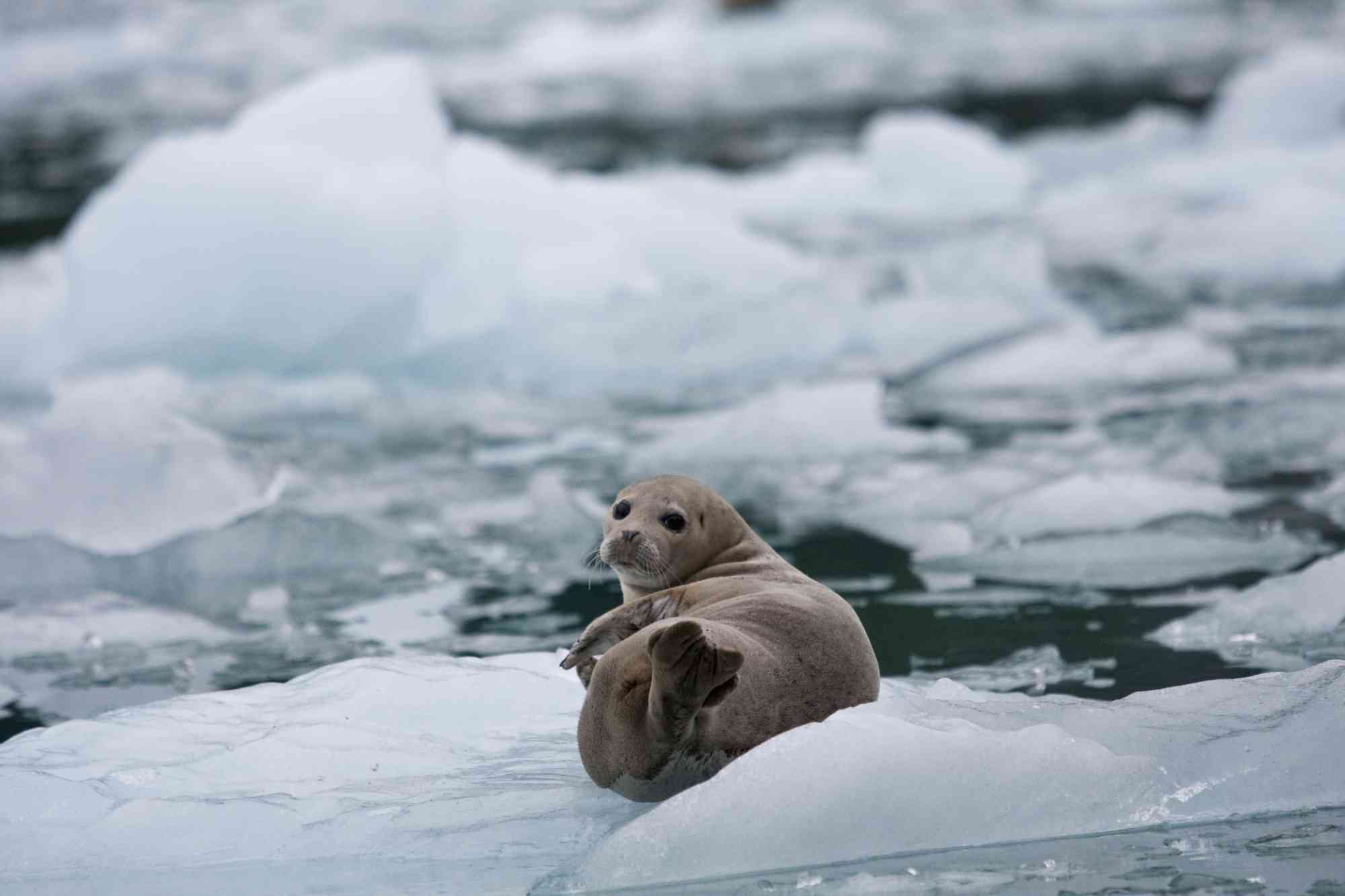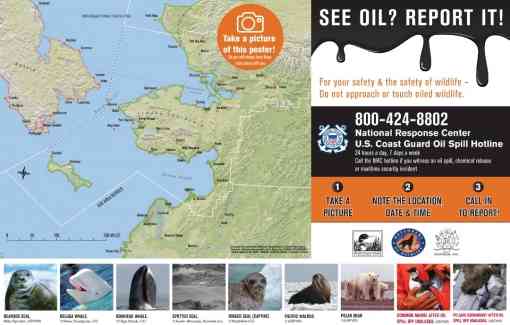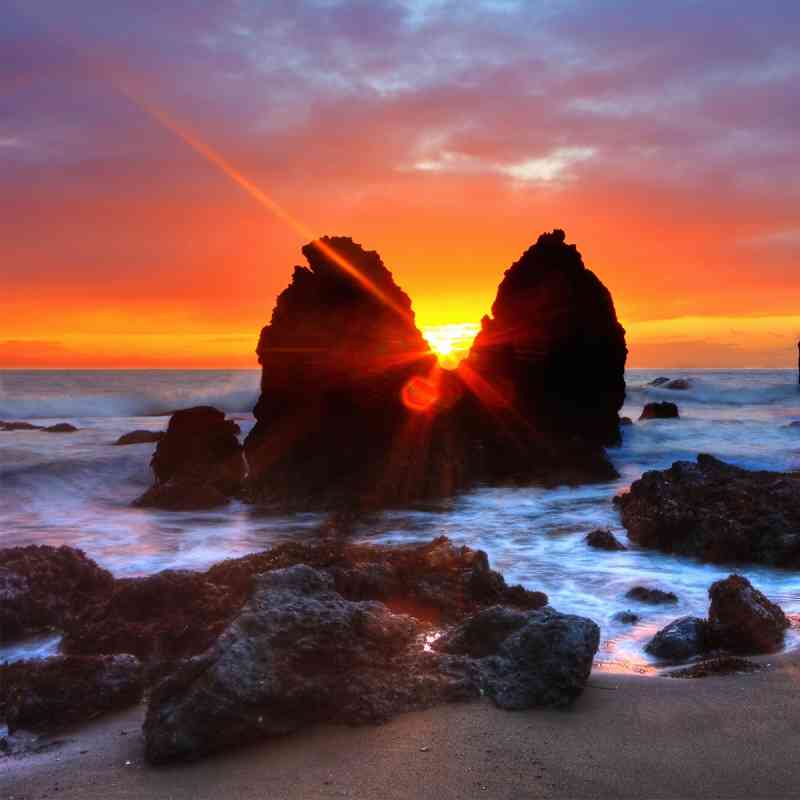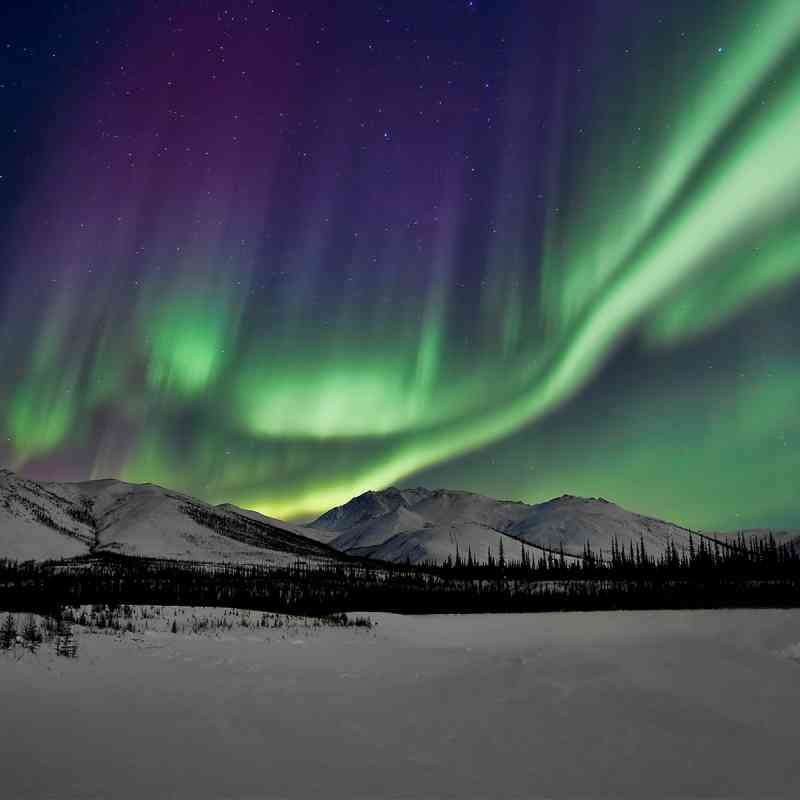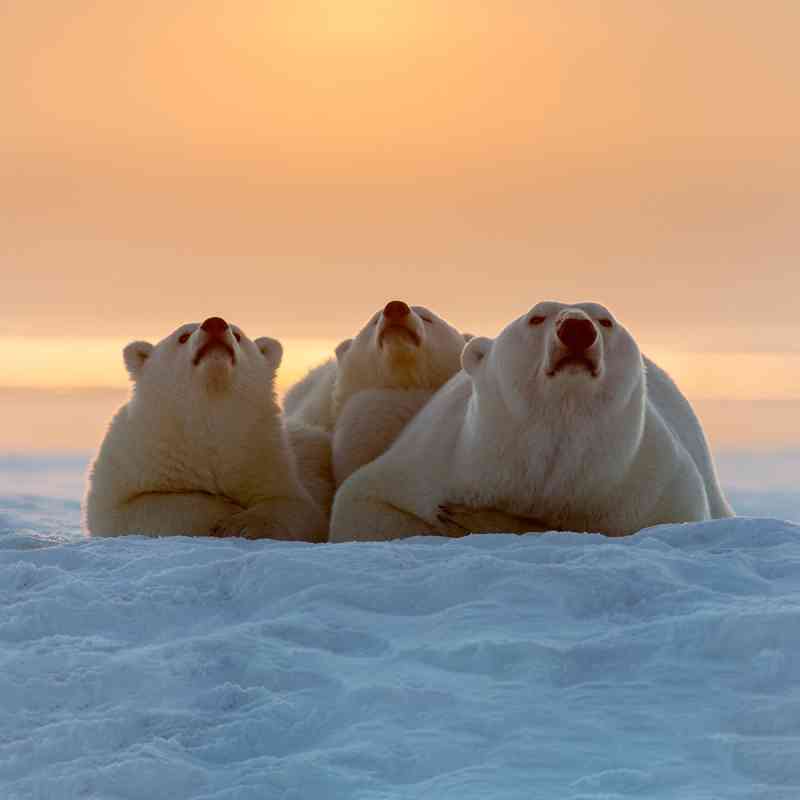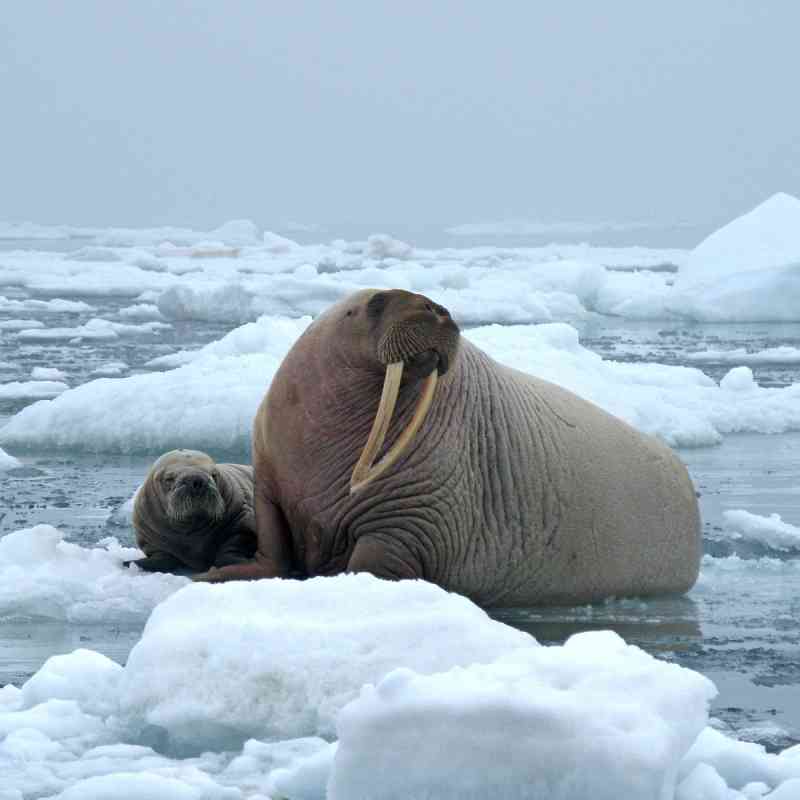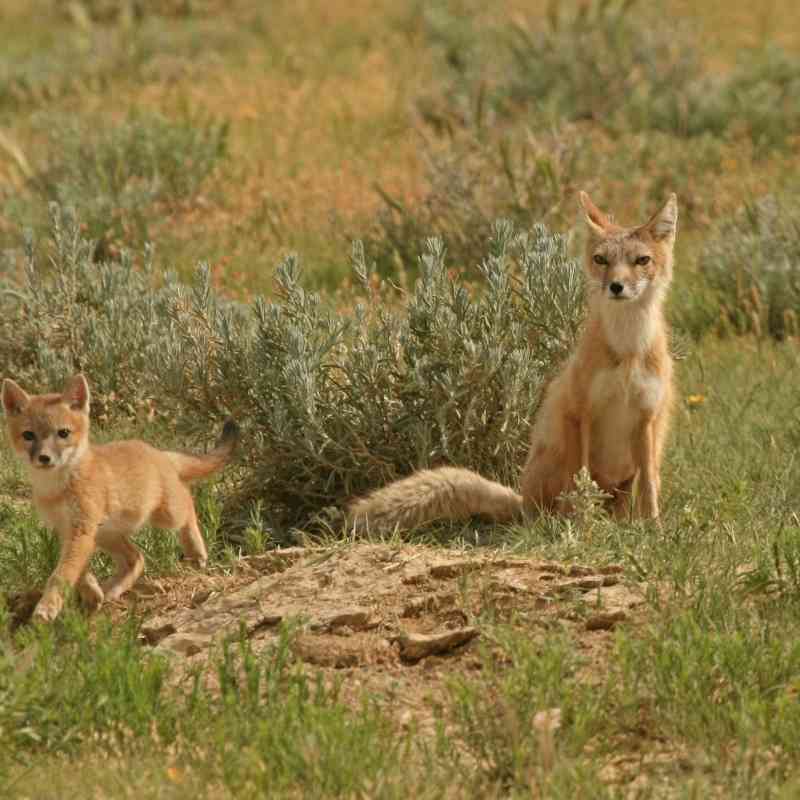It’s hard to ignore the news — climate change is causing a warming Arctic at twice the rate of the rest of the planet. Arctic coastal communities are on the front line managing and adapting to rapid Arctic warming. These communities, whose access to local food rely on stable and predictable Arctic sea ice, are challenged by unpredictable sea ice, storms, and movement of marine wildlife. Arctic waters remain ice-free for longer, resulting in more and more vessel traffic close to Arctic marine wildlife and coastal communities, increasing the risk of spills. It’s a case of not if but when a devastating spill will happen. Increased risk will undoubtedly impact the health of wildlife populations, their food chains, and the coastal communities that depend on these resources for their nutritional and cultural survival.
Defenders has been proactively focused on the Bering Strait region- the largest marine mammal migratory pathway on the planet and home to the shortest distance between the US and Russia (a mere 53 miles). Defenders’ goal is to increase coastal community engagement with in-state and federal spill preparedness and response planning, drills, and actual responses.
What does our conservation work look like? We worked with Axiom Data Science and Defenders’ own Center for Conservation Innovation to design and build the Bering Strait Response Teaching Tool (BSRTT). This interactive map tool provides an all-important visual aid to inform and engage at risk coastal communities with spill preparedness response agencies, tribes, oil spill response organizations (OSROs), and conservation organizations. Our end goal: better informed, engaged, and prepared Arctic coastal communities, who will be the first line of defense should a spill occur near their shores since very likely Arctic weather events delay timely response by organizations and agencies who must fly to these remote communities. In the early hours and first days of a spill, safe spill response actions by knowledgeable, trained local community members could make all the difference for the marine wildlife that live in their marine waters. Communities want to be, and should be, part of spill planning, preparedness, and response.
In addition to the BSRTT, Defenders created a series of short video tutorials to aid anyone interested in using the BSRTT. We have created and distributed with partner input, a series of community preparedness spill response posters for the Bering Strait, Kodiak, Cook Inlet, North Slope, Aleutian Islands, and western Alaska regions.
Today we are featuring our newest resource tool to help at risk communities or anyone in the state of Alaska better understand and navigate spill response and preparedness resources. It is a synthesis document which explains what each agency and organizations does and includes links and contact details, so you can learn more. It is called the NW Arctic Marine Spill Preparedness Synthesis, but do not let the NW Arctic limit your interest in checking the synthesis- since many of the descriptions and links are for Alaska wide organizations along with some national agency information and links too.
We are also actively working to prevent drilling on the Arctic National Wildlife Refuge, the Arctic outer continental shelf, and the National Petroleum Reserve in Alaska through policy and litigation efforts.
comments
Wildlife & Wild Places

